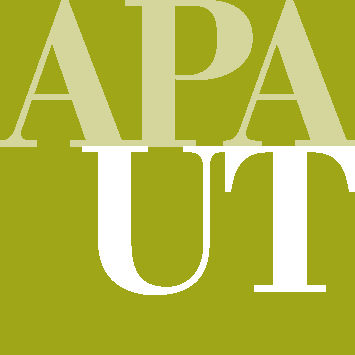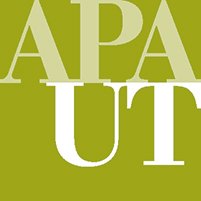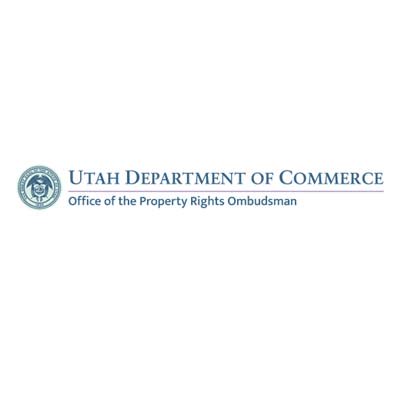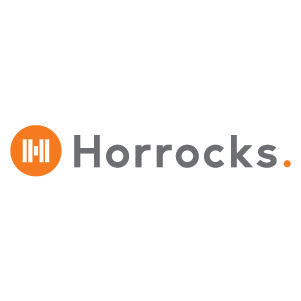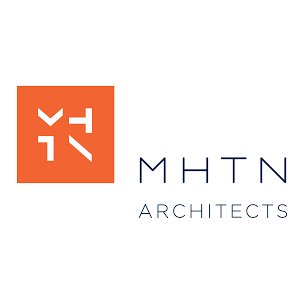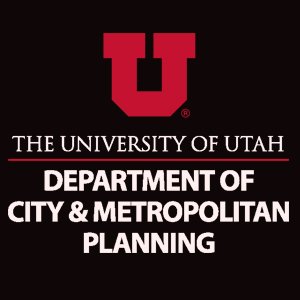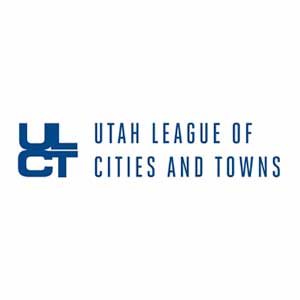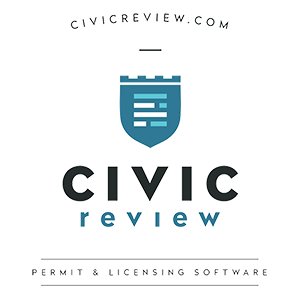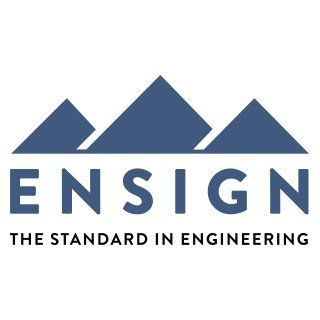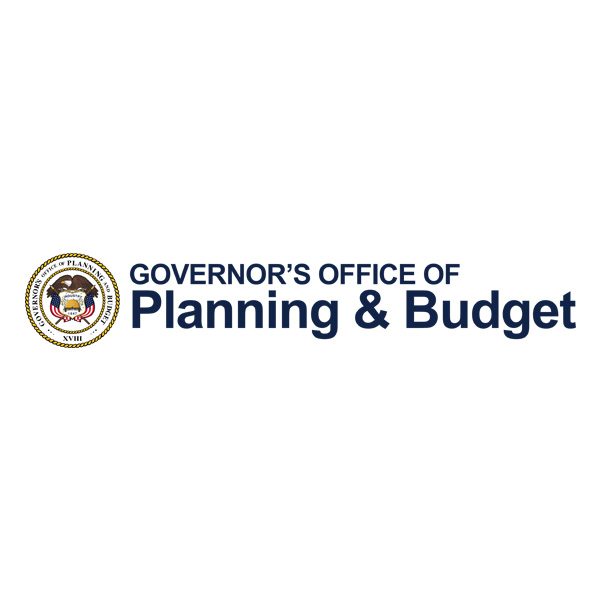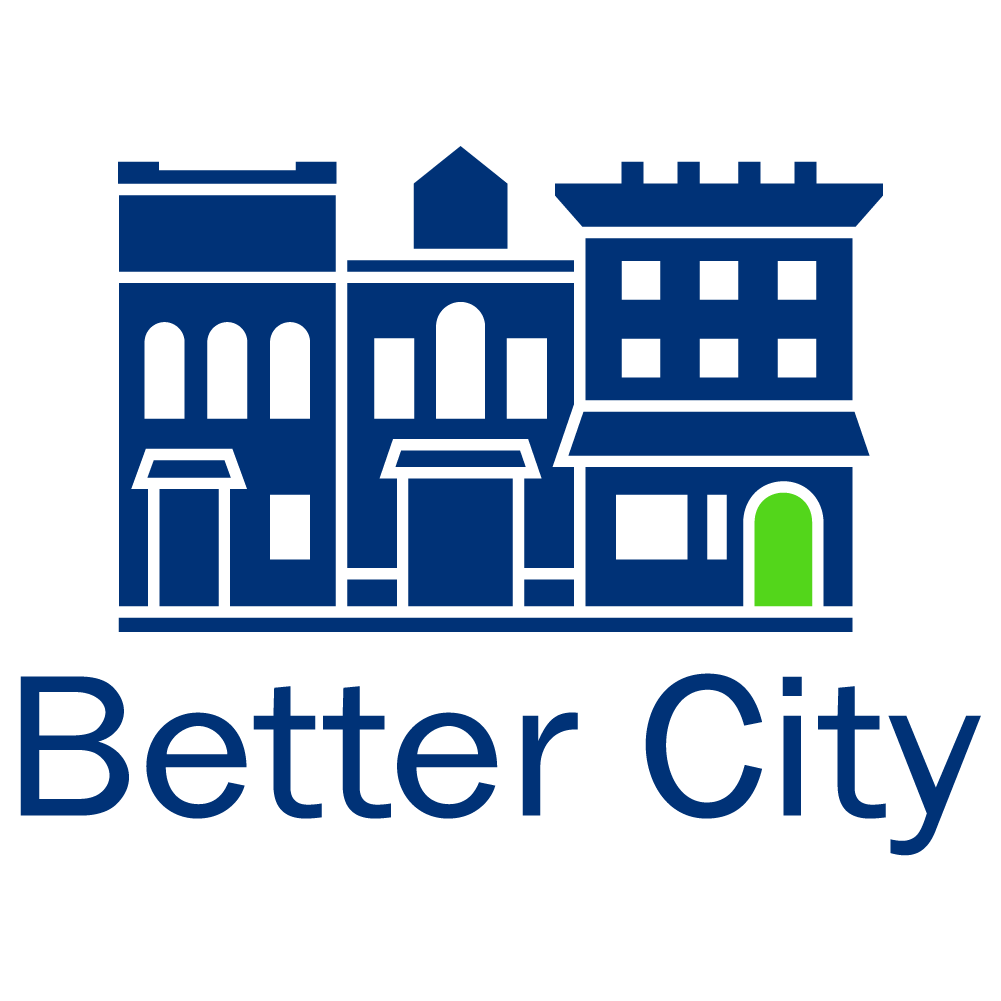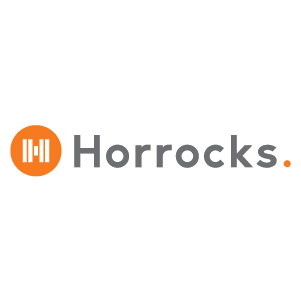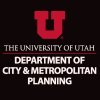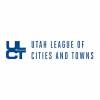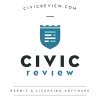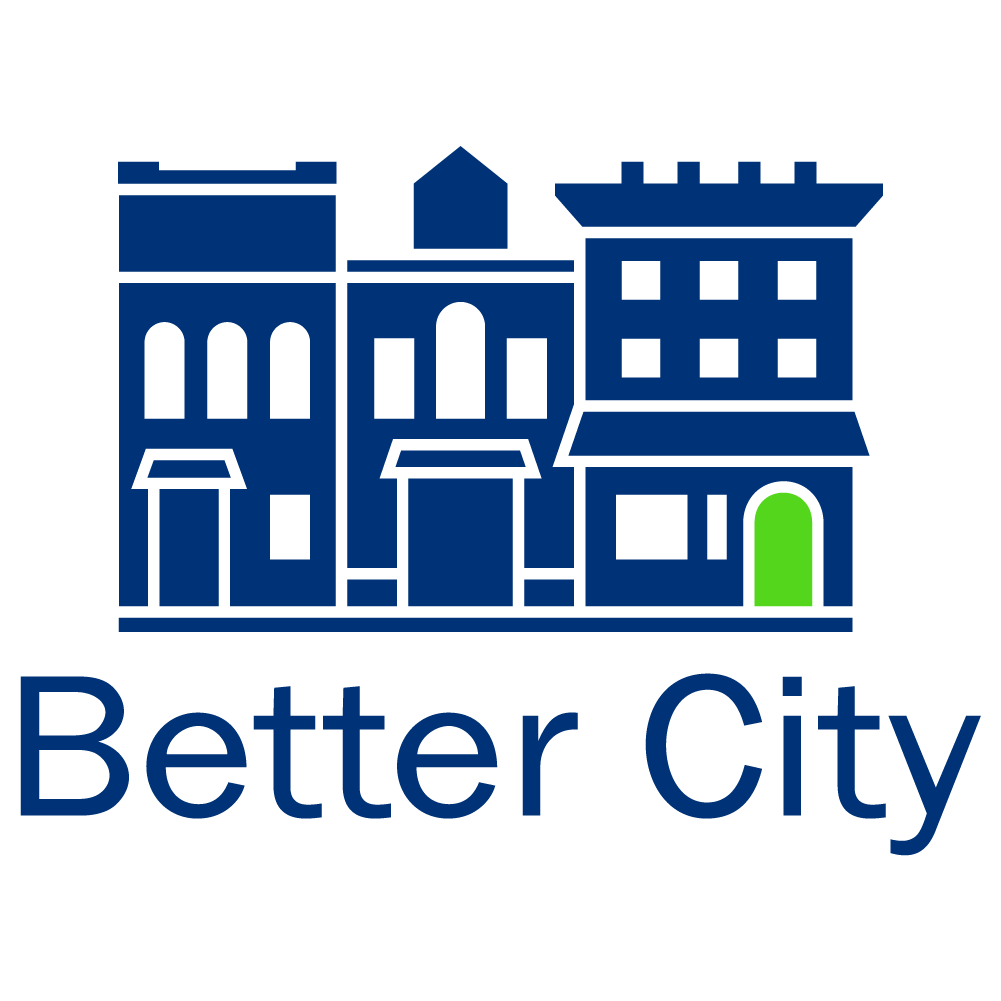Forget What You Know About Public Engagement
February 2, 2022 by Nicole Masson
Policy/Legislative

A Place It! interactive model at Pacoima Wash. (Source: Place It!)
It’s no secret that the public engagement process in urban planning is broken. Conventional tools such as surveys, comment boxes, and informational meetings too often fail to yield actionable or creative suggestions that improve planning initiatives. They fail in equal measure to defuse anger and controversy or build trust between the public and local officials.
“What should we do instead of conventional public engagement?” is a tough question, and one of the most compelling answers in recent years has been the one outlined by James Rojas and John Kamp in their new book, Dream Play Build: Hands-On Community Engagement for Enduring Spaces and Places. Dream Play Build is a guide to the pioneering Place It! approach, which engages residents in playful, freeform model-building activities using objects, as well as sensory exploration of their environment through walking tours, in order to elicit their values and aspirations for their community.
Dream Play Build describes how this approach has been applied in various places to engage a broader cross-section of community members, and in many cases to foreground and celebrate the resourceful and adaptive things residents were already doing to make public spaces serve their needs. It’s essential reading for any planner, or anyone thinking about how to make local democracy work better.
—Daniel Herriges, Strong Towns Senior Editor
Today, we’re happy to share with you this excerpt from Chapter 1 of Dream Play Build. Order your copy of the book here, and check out the Place It! website to learn more about the work that James Rojas and John Kamp are doing.

What do you want to see in your neighborhood? What do you want to see in your park? What do you want to see on your street? These are questions that, on the surface, seem inclusive, democratic, and generous. And they are some of the most common ways that towns, cities, and consulting firms—and even community groups—conduct public engagement: hold a visioning session; listen to what people want to see in their neighborhood; record what is said; and weave the feedback into a community plan, an overlay, or some variation thereof. We’ve done our due diligence, listened to the community; now it is public record, and the neighborhood can change and improve in ways that truly reflect the wishes of its residents.
Tapping into local, on-the-ground neighborhood knowledge is at the core of effective and forward-thinking urban planning and design, landscape design, architecture, and the efforts of everyday residents to better their neighborhoods and communities, as you uncover insights that no outsider, however astute, could on their own; yet merely asking people what they want to see does not always generate the kinds of meaningful feedback that can paint a nuanced and layered picture of the community or of the neighborhood’s knowledge and aspirations. In fact, when we are asked point-blank what we want, we oftentimes default to something that contains very little in the way of aspiration or nuance, and instead we focus on perceived threats or immediate needs—the most common being more parking, less traffic, and no density.
Rethinking Talking
Precisely in response to the limitations and drawbacks of conventional community engagement, there have been numerous efforts in recent years to rethink public outreach across the country. We have seen the rise of the Post-it note in public meetings and on boards as a way of both visually recording and prioritizing residents’ ideas; we’ve seen the rise of stickers as a way of giving everyday residents a means of ranking proposed planning ideas. We’ve also seen a rise in virtual forms of participation: online surveys, apps, and start-ups that seek to be one-stop shops for facilitating a range of information-gathering and measuring results. These companies offer services that cities and municipalities can contract out in order to conduct their engagement and outreach if their planning staff is too busy with other work.
While these attempts to create more meaningful and effective modes of community engagement are welcome alternatives, they fall short on one key point: they still rely heavily on the word, both written and spoken. While language indeed offers up rich opportunities for expression—in essays, literature, poetry, for example—when it serves as the primary medium of expression within community engagement, it tends to be a limiting factor in terms of both who speaks and what is said.
Psychologists who weave art therapy into their practices understand this phenomenon well: what emerges from talking versus using one’s hands is oftentimes quite different. Says Patricia Muñoz of working with some of her younger patients in her family therapy practice in Los Angeles, “You will ask them, ‘How’s school going?’ And they’ll say, ‘Oh fine, oh good.’ And I’ll ask, ‘Is anything going on?’ ‘No. nothing’s going on.’” But then, Muñoz will have the young people use objects to play out a scene from their day, or draw a picture, and it becomes clear through the placement of the objects, the story accompanying them, or the scenes depicted within the drawings, that everything isn’t just fine, and a lot has happened that day, some of which can be quite negative.
As Muñoz points out, what we are doing when we are using our talking brain is in part focusing on perceived immediate needs and survival. And if your trip to the community meeting—or your day in general—involves sitting in traffic, looking for parking, and dealing with crowds, your talking mind will translate those experiences into both threats and basic needs for survival. “And unless those things are tackled and taken care of, most of us cannot be creative and cannot think outside the box, because most of us are just thinking about survival,” said Muñoz. And so, despite the expertly crafted presentation by city planners on walkable streets, we will continue to fixate on something as humdrum as parking, or rightly focus on past wrongs we feel the city has committed. Wadehra also adds that in times of great change, this kind of frozen-state fixation on perceived needs for survival is even more amplified.
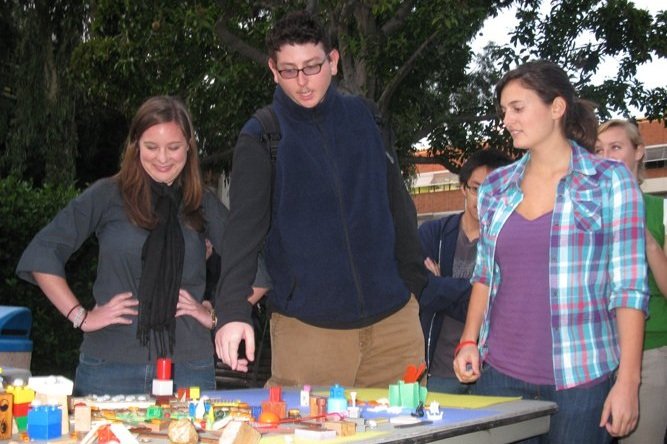
A Place It! interactive workshop at UCLA. (Source: Place It!)
Stepping Out of Survival Mode
Through play and using our hands, we can tap into new ideas, become aspirational, and engage in expansive ways of thinking that would not be possible if we were still stuck in survival mode. We’re also able to shake off the habits and grooves we all invariably get stuck in as we become older. The combined effect of this play and the loosening of old grooves is to experience feelings of excitement, euphoria, and possibility. In our Place It! work, we push boundaries a little by suggesting that folks think of it as a wholesome drug trip, where the outcomes can be more visionary and creative ideas for a neighborhood, and participants can gain a newfound sense of well-being and a connection to their core values. In fact, participants of Place It! workshops frequently describe feelings of elation and a kind of mental expansiveness by the end. “I feel like I’m tingling with ideas and possibilities,” one workshop participant said after going through the model-building activities.
Indeed, both Wadehra’s and Muñoz’s expertise and observations in their own field square perfectly with what we have observed firsthand time and time again when language is the central medium of communication at public meetings: either no one talks, or the same cast of characters talk, and what they say is all too often reactive, occasionally combative, and very rarely imaginative or aspirational. Even when people are given the opportunity to write down what they want to see, the ideas tend to remain anchored to what people know in their everyday world and not shaped by what they dream of or aspire to.
For example, in a recent workshop on climate change that we were a part of but did not lead, participants were simply asked to divide up into groups and write down a list of ideas for how to tackle climate change. Across the board, the responses focused on mere amplifications of what people already knew: more electric vehicles and electric vehicle charging stations. The responses were a pitch-perfect example of the old grooves and habits we get stuck in, here in the form of the everyday car but with the exhaust taken out. However, when we recently built a pop-up model of downtown Los Angeles at a sustainable engineering conference and had people use their hands to build their ideas for a more climate-resilient, sustainable, and walkable downtown, people built well outside of their current realities and infused the city with their dreams: bioswales, pedestrian zones, unearthing creeks long covered over by asphalt, storage sheds and bathing facilities for homeless people, more light rail, lower curbs, urban farms, more intimately scaled buildings. And the list goes on. In fact, not one person built a model of an electric vehicle or charging station.
The long and short of it is that the community engagement conducted in this country typically generates a false sense that we are really taking the public’s pulse on the range of ideas and aspirations found within neighborhoods and communities. In favoring the word and language as the primary medium of expression, and packaging that opportunity for expression within the setting of the public meeting, planners and design professionals generate a particularly limited and skewed set of ideas and opinions, ones which are oftentimes neither rooted in aspiration nor representative of the community as a whole. These approaches also further exacerbate the pervasive problem of low public trust and faith in our governments and civic institutions by failing to involve everyone at earlier stages within the planning and design process and instead asking people to merely comment on what is, at that point, already a historical fact set in motion.
From Dream Play Build by James Rojas and John Kamp, ©2022 Island Press.
https://www.strongtowns.org/journal/2022/2/2/forget-what-you-know-about-public-engagement
Recent News
- » Hurry, it’s the final week to grab your conference tickets at regular prices!
- » 2024 APA UT Spring Conference: Cedar City, UT. The Call For Sessions is Currently Open.
- » Planning in the news: BYU students aim to eliminate parking woes through AI tracking system
- » Planning in the news: Living in Daybreak- What residents say the Utah community is really like
- » Planning In The News: Planning Commission green lights proposed ban on gas stations near waterways and parks
- » As states argue over who should cut their Colorado River use, a new plan puts the environment first
